Being at home this long, or really, just in one place for this long, has led me to see how much waste I produce. Spoiler alert: it’s a lot more than I thought. But I’m not here to shame anyone, in fact, quite the opposite. I think there are plenty of small ways we can cut down our carbon footprint, from driving less (check), to not using a washing machine or dryer (also, sadly, check), but gardening is what I’ve been doing, and is something that I’d recommend everyone give a shot now that we all have a little more times on our hands.
GETTING STARTED
Composting is a natural way to recycle all of the organic materials in your house through decomposition. Compost can improve your soil’s water retention, which saves you money on your water bills, and helps keep excess garbage out of landfills, too. To get started you need two things. The first is a compost bin for your kitchen. This is great whether you want to start a compost at home or if you have a compost center you can bring them to. You want something sleek, designy, yet simple because after all, it’s really just a trash can. This is an excellent one.
ADVERTISEMENT
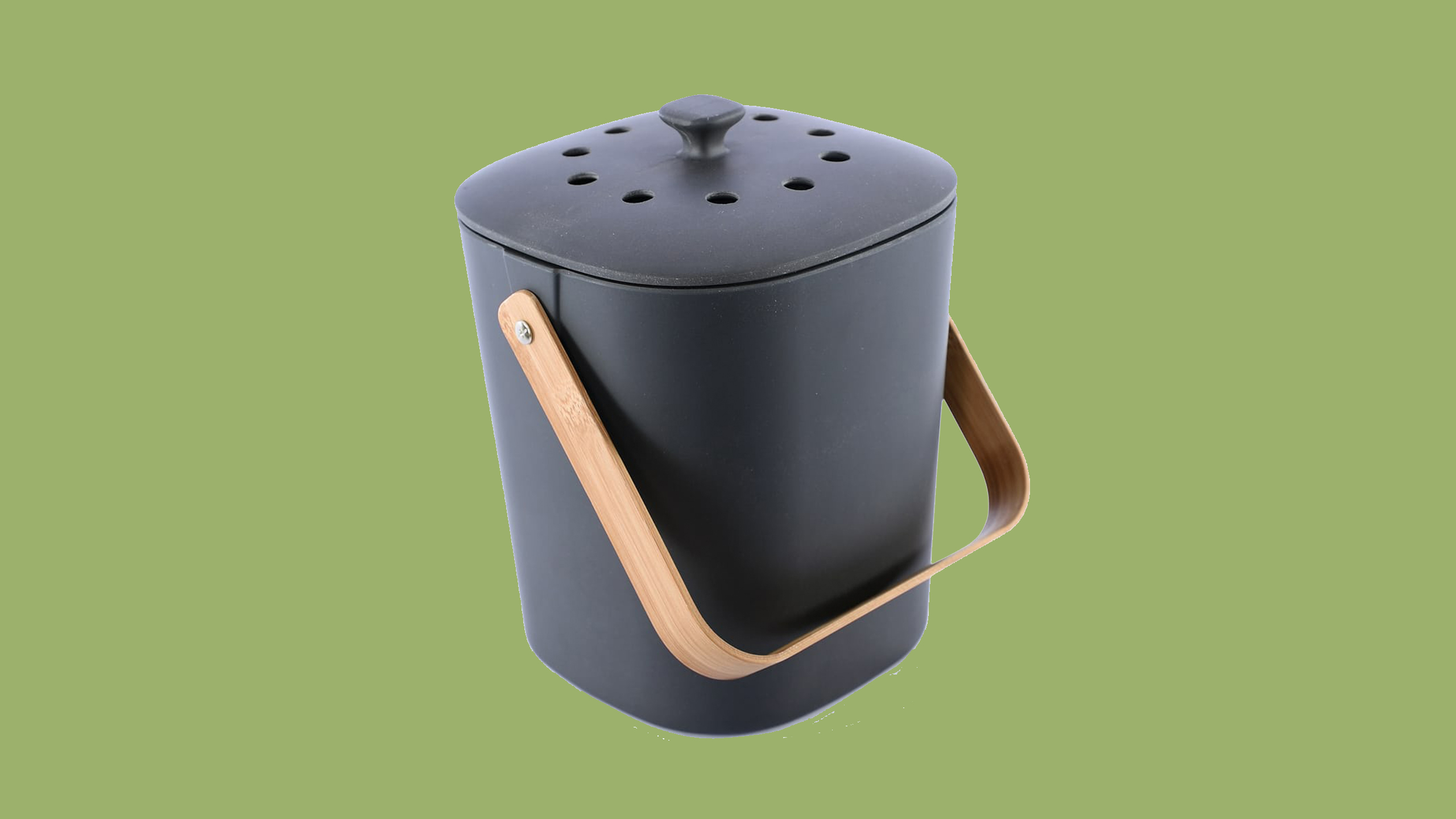
Then, to ensure that you can use your bin again and again without it getting gross, you want compostable trash bags. These are ideal for carrying your compostables to the backyard. What is compostable you ask? Well, there is a full list here but some highlights are pretty much any food scraps (even egg shells), paper towels (and their rolls), pizza boxes (did not know that one!), and coffee grounds and filters. Please DO NOT compost meat, dairy products, pet droppings, plastic (unless it is specifically labeled), candles, clams, aluminum foil, vacuum cleaner bags, and q-tips.
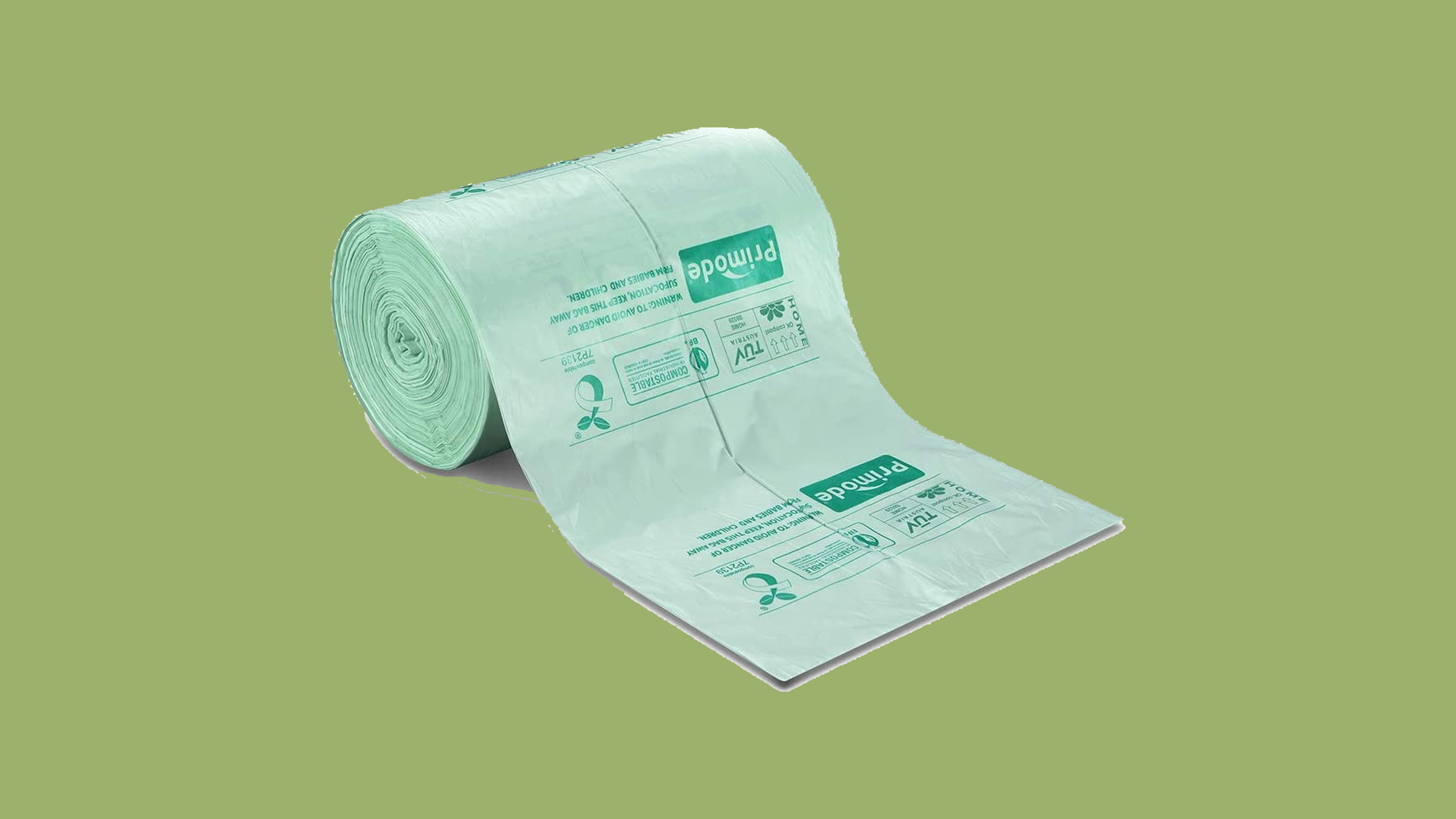
To create an ideal environment for decomposition, you’ll need to build up a decent amount of compostable material which is why, if you don’t have that much space, I recommend getting a large tupperware container (you could also get some smaller ones) and keeping it in your freezer. This will keep it from smelling and will let you put your organic material on ice until you’re ready to start your pile.
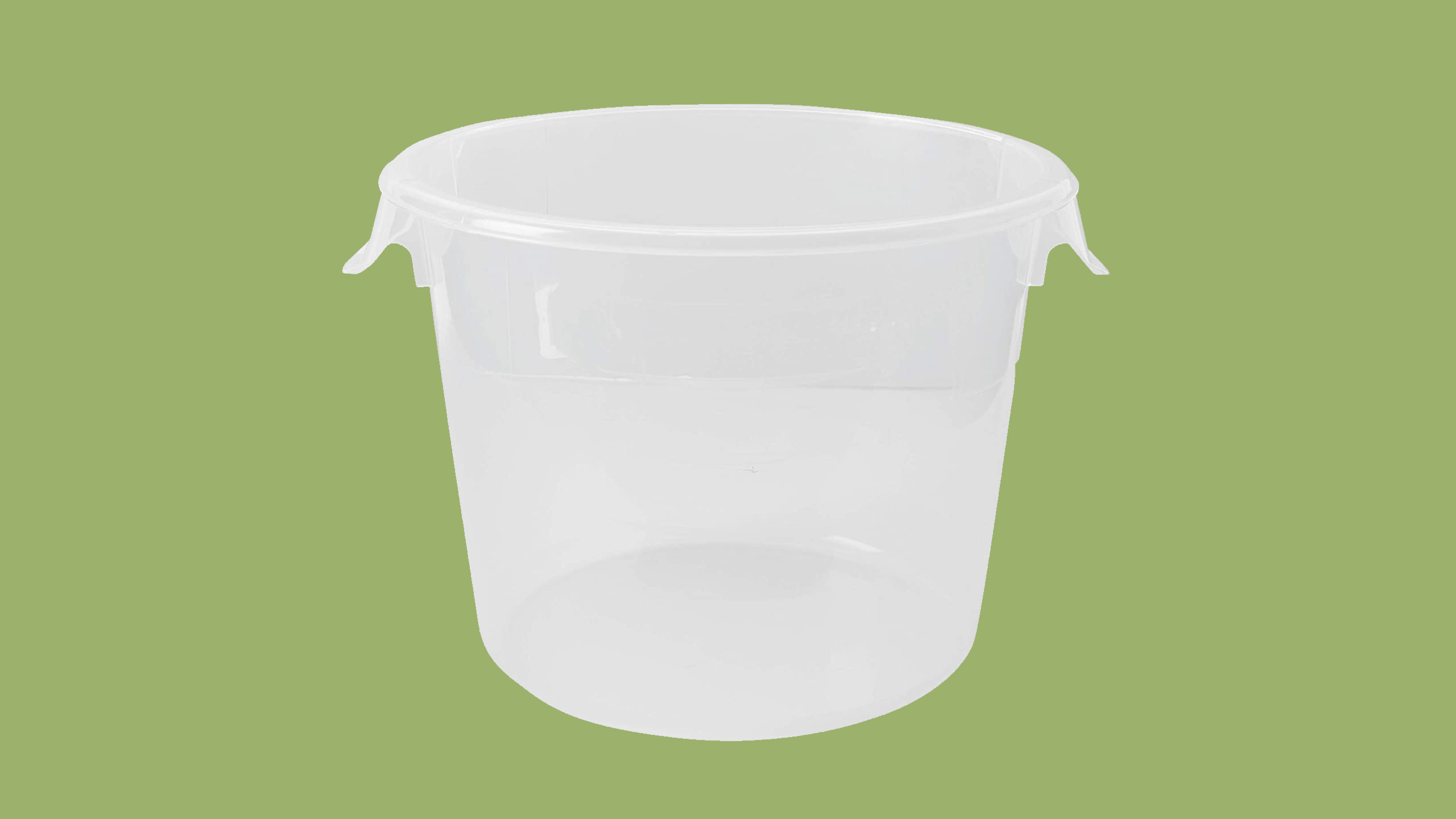
HEADING OUTSIDE
Now that you’ve built up a decent sized amount of kitchen compostables (AKA “Green” materials) it’s time to take them outside. First, pick a location: a dry, shady spot is best, and make sure there is plenty of room that's a square of about three feet in every direction. Then, you need to prepare your waste. The smaller the particles, the faster they will decompose. Once they are the right size, spread your first “Brown” layer, which should consist of dried plant materials, fallen tree branches, cardboard, newspaper, etc. which will add carbon to the pile. Then, shovel a layer of your “Green” materials, a layer of garden soil and add water to moisten all three layers. Continue with this same layer pattern to create a pile that’s three feet high, and make sure to keep your pile moist.
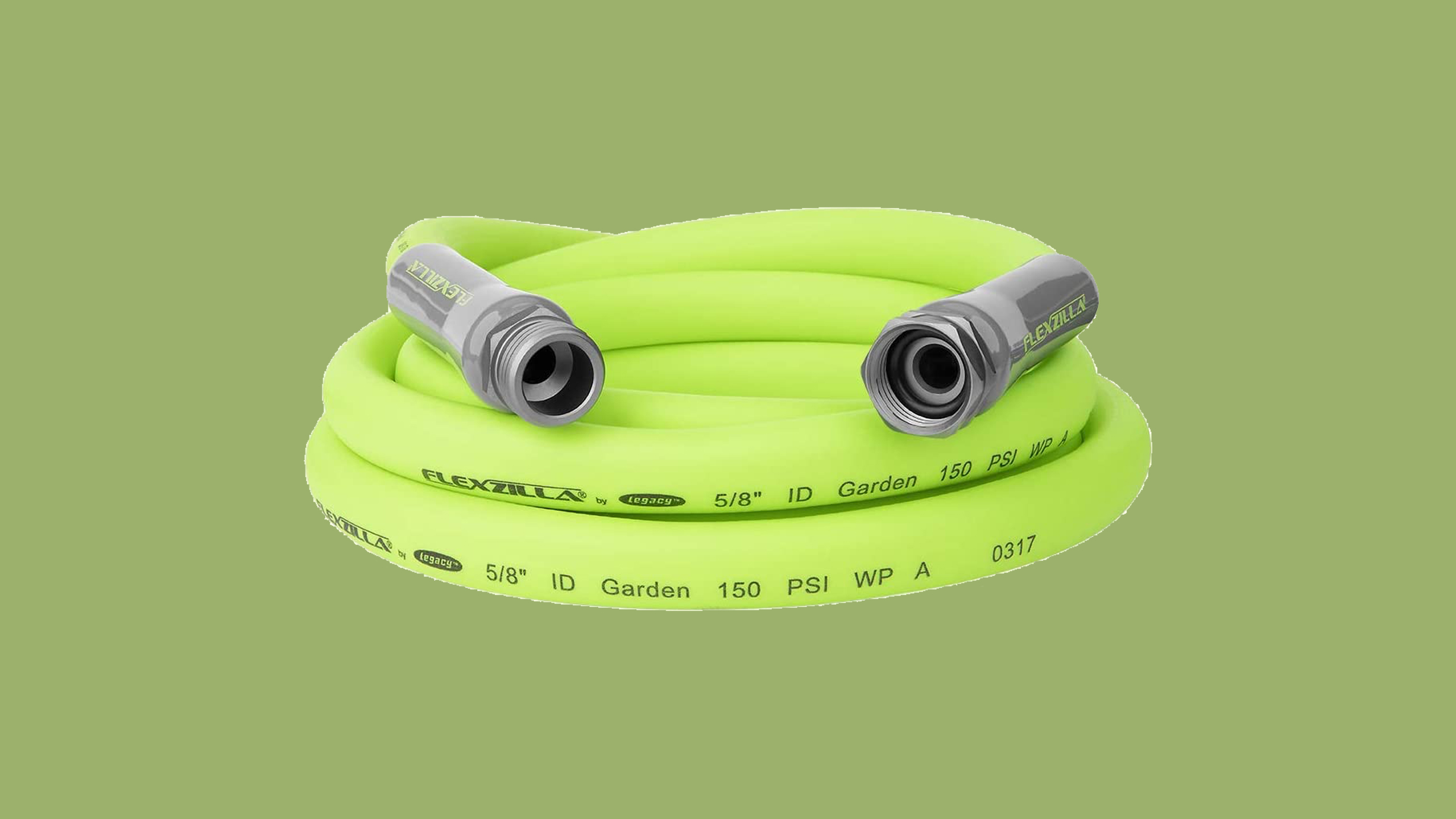
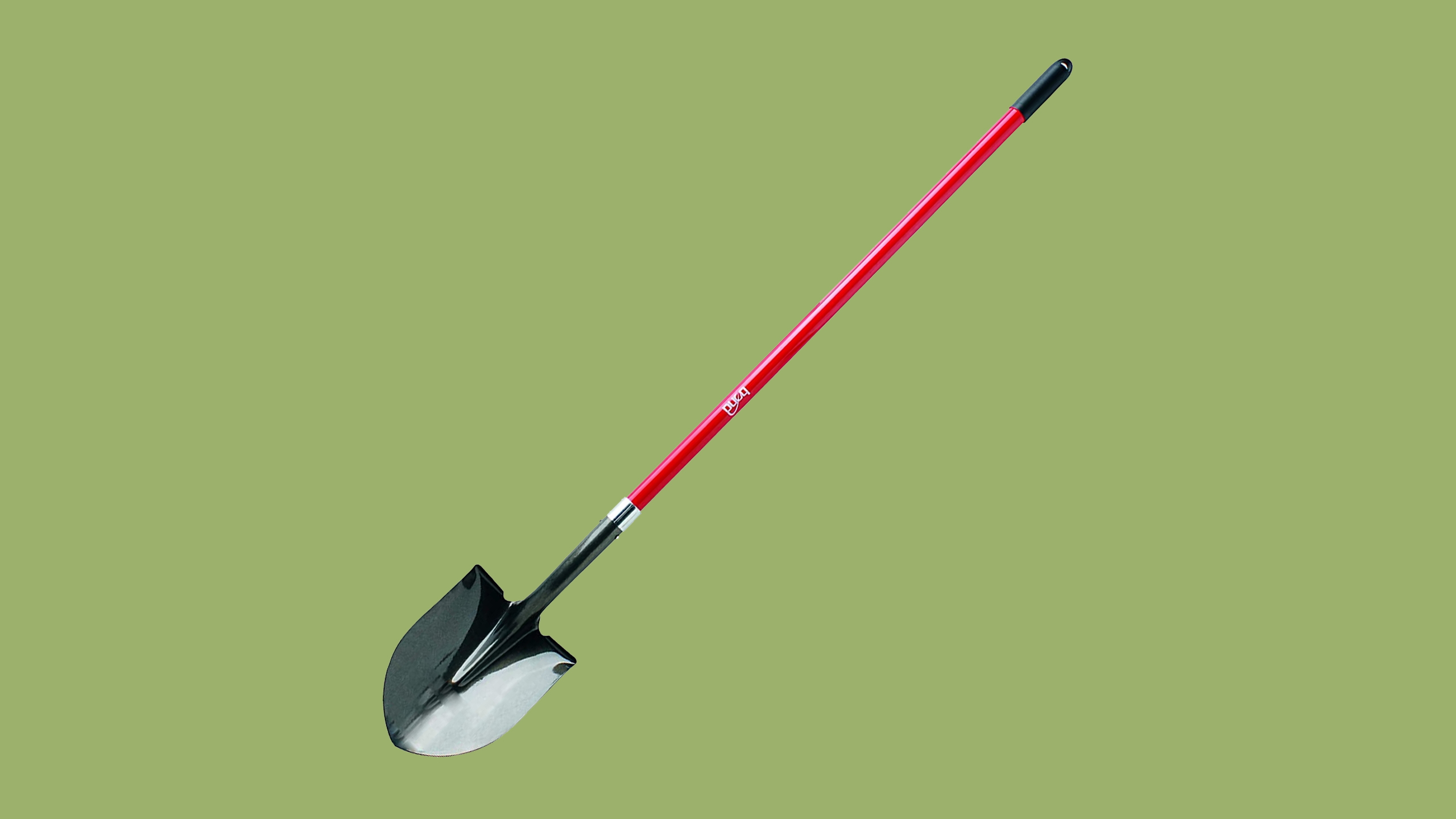
MAINTAINING YOUR COMPOST
Once you’ve built your pile, topped it off with a brown layer, and have been keeping it moist (but not damp), you need to aerate your compost. The microbes that are decomposing everything in your compost need air to breathe and work. Use a good pitchfork to turn the pile weekly from the inside out and keep oxygen flowing through it. It’s normal, and very satisfying, too, to see steam coming from the pile.
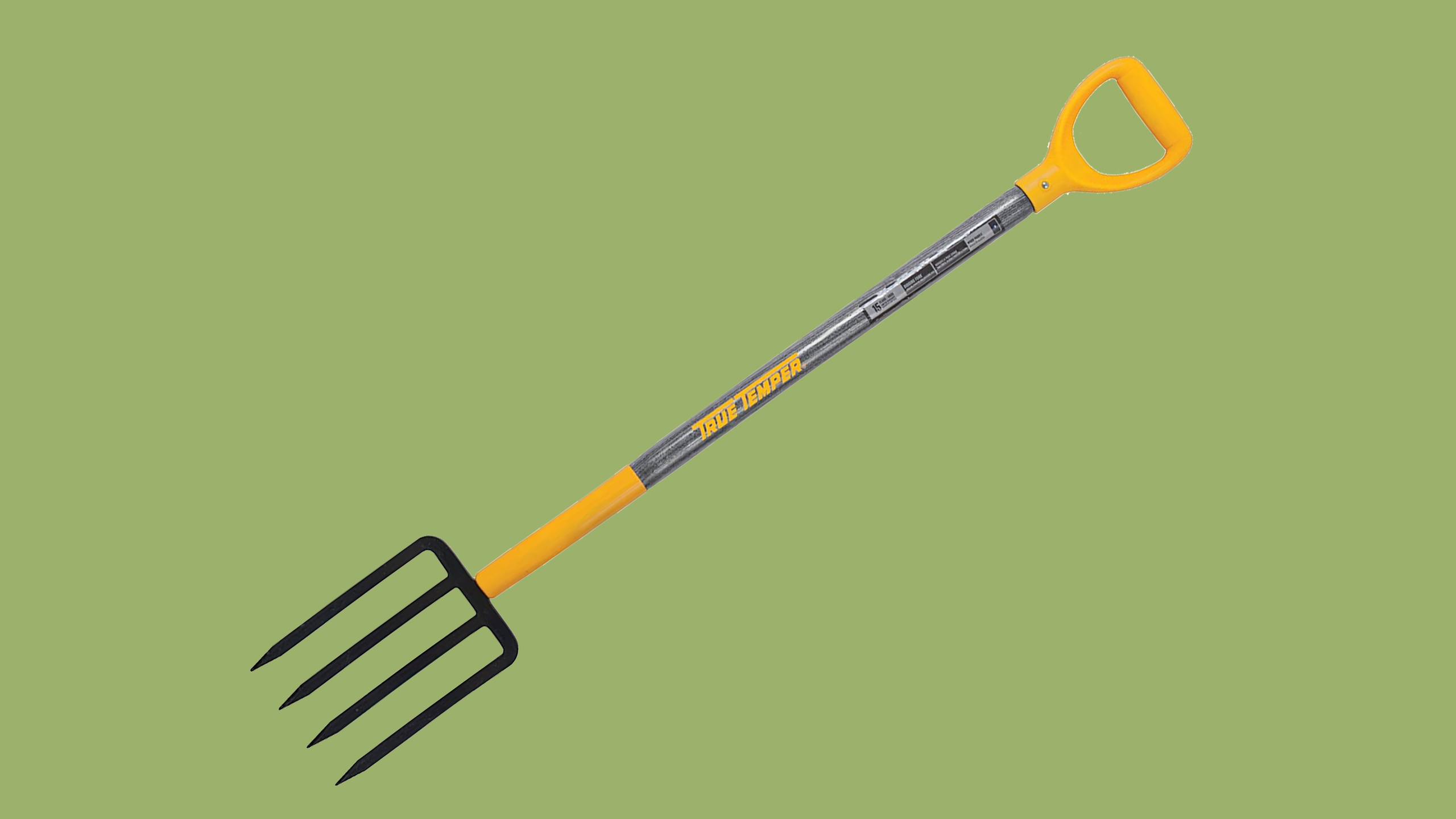
Your compost pile also needs to be kept at the right temperature to keep things alive. Spring and summer is the perfect time to start a compost, so you should be set, but I still recommend getting a compost thermometer to check that your compost pile remains between 110 and 160 degrees Fahrenheit.

REAP THE REWARDS
Once your compost is ready, you should give it two weeks in your garden before planting seeds. But after those two weeks, go crazy. All of that sustainable work has paid off and your plants will thank you for it, and the earth will, too.
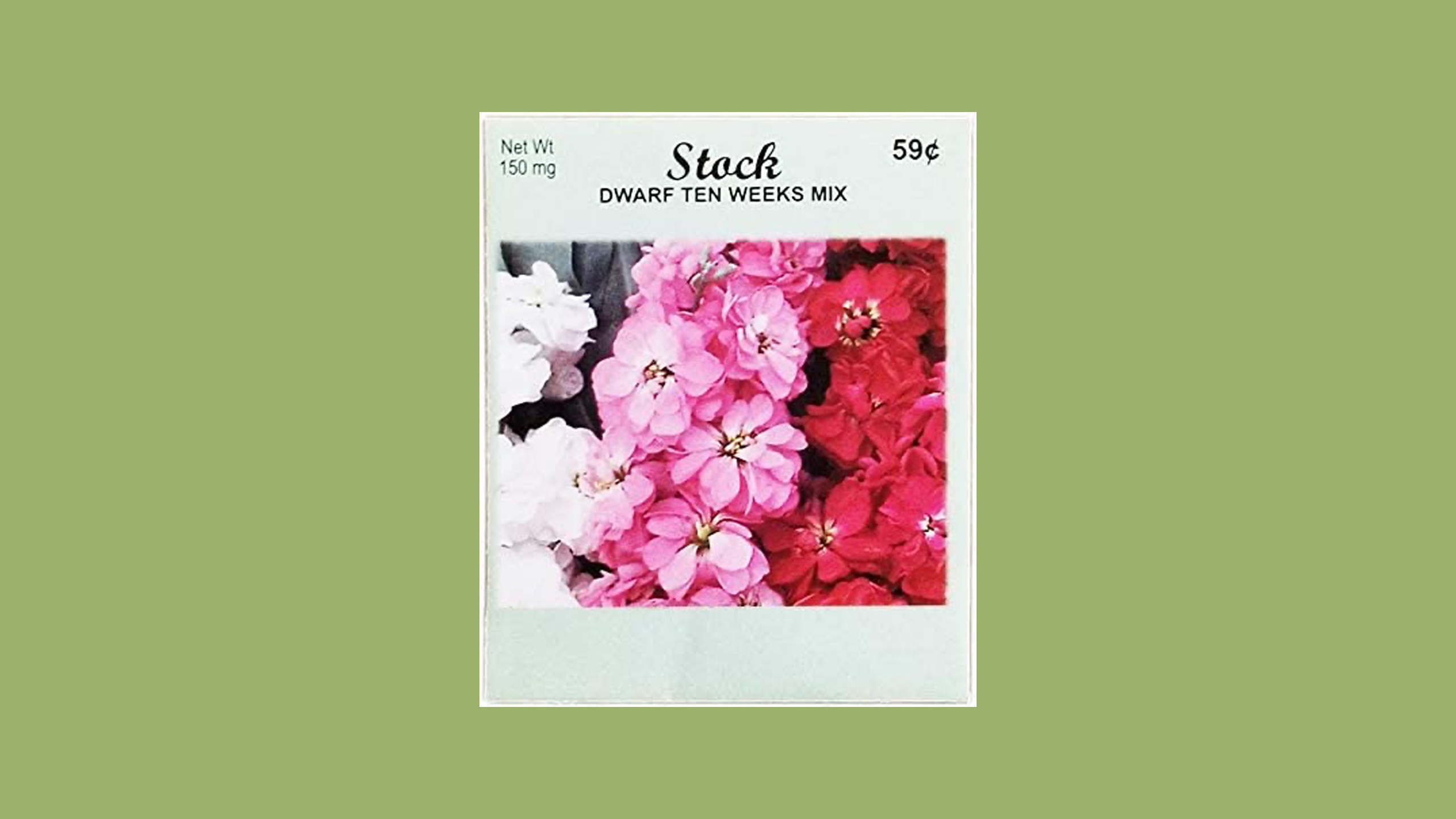
Scouted selects products independently and prices reflect what was available at the time of publish. Sign up for our newsletter for more recommendations and check out our coupon site for more deals. If you buy something from our posts, we may earn a small commission.





